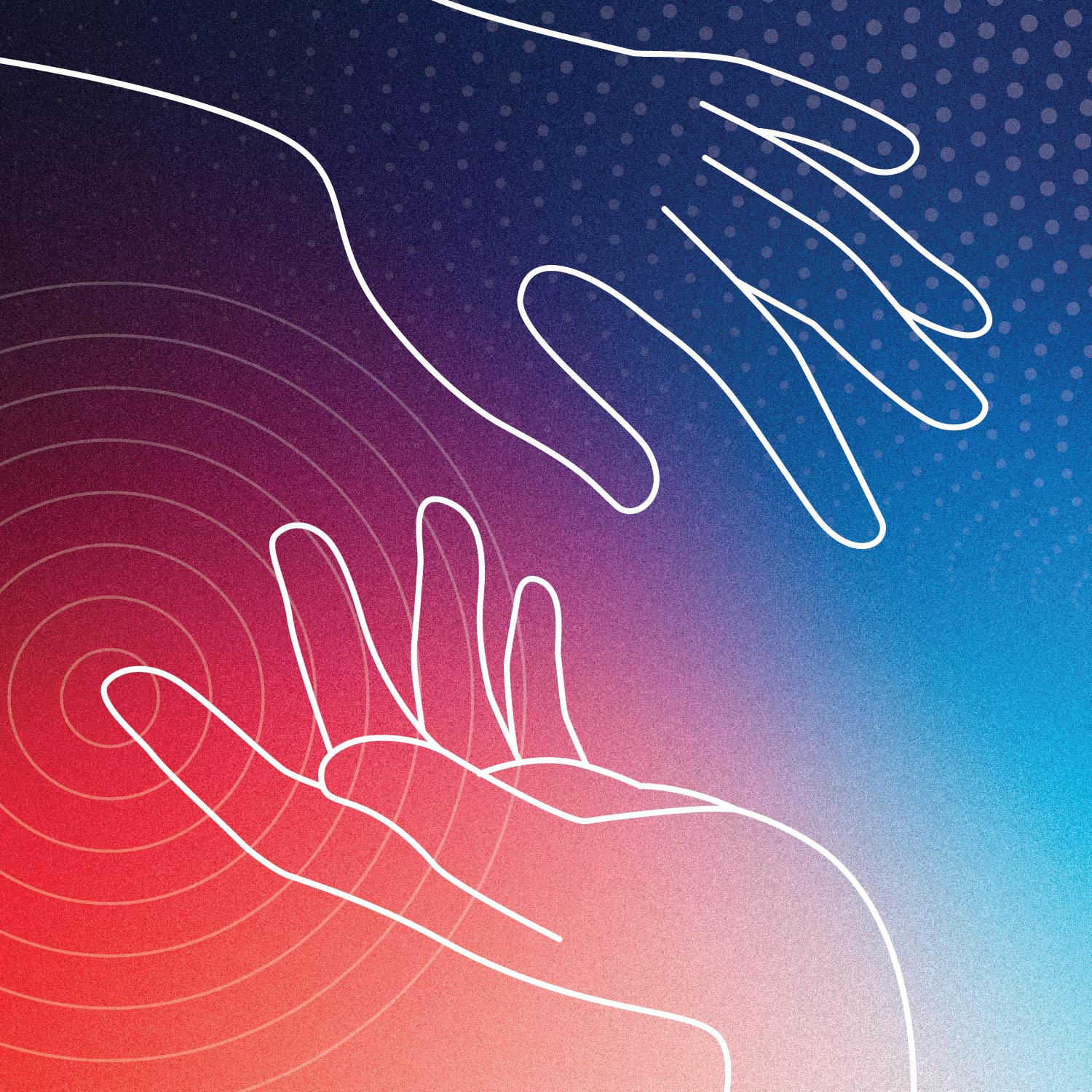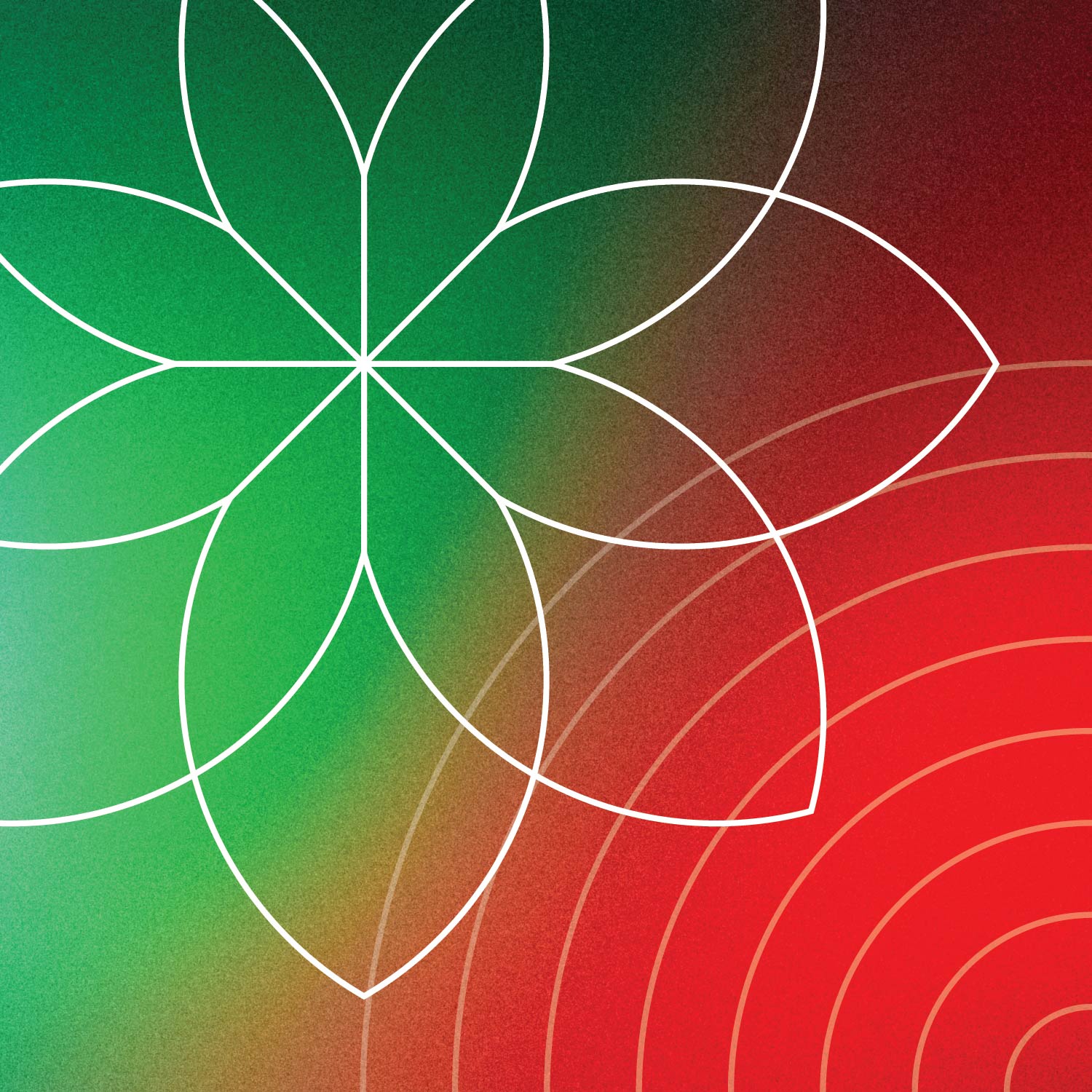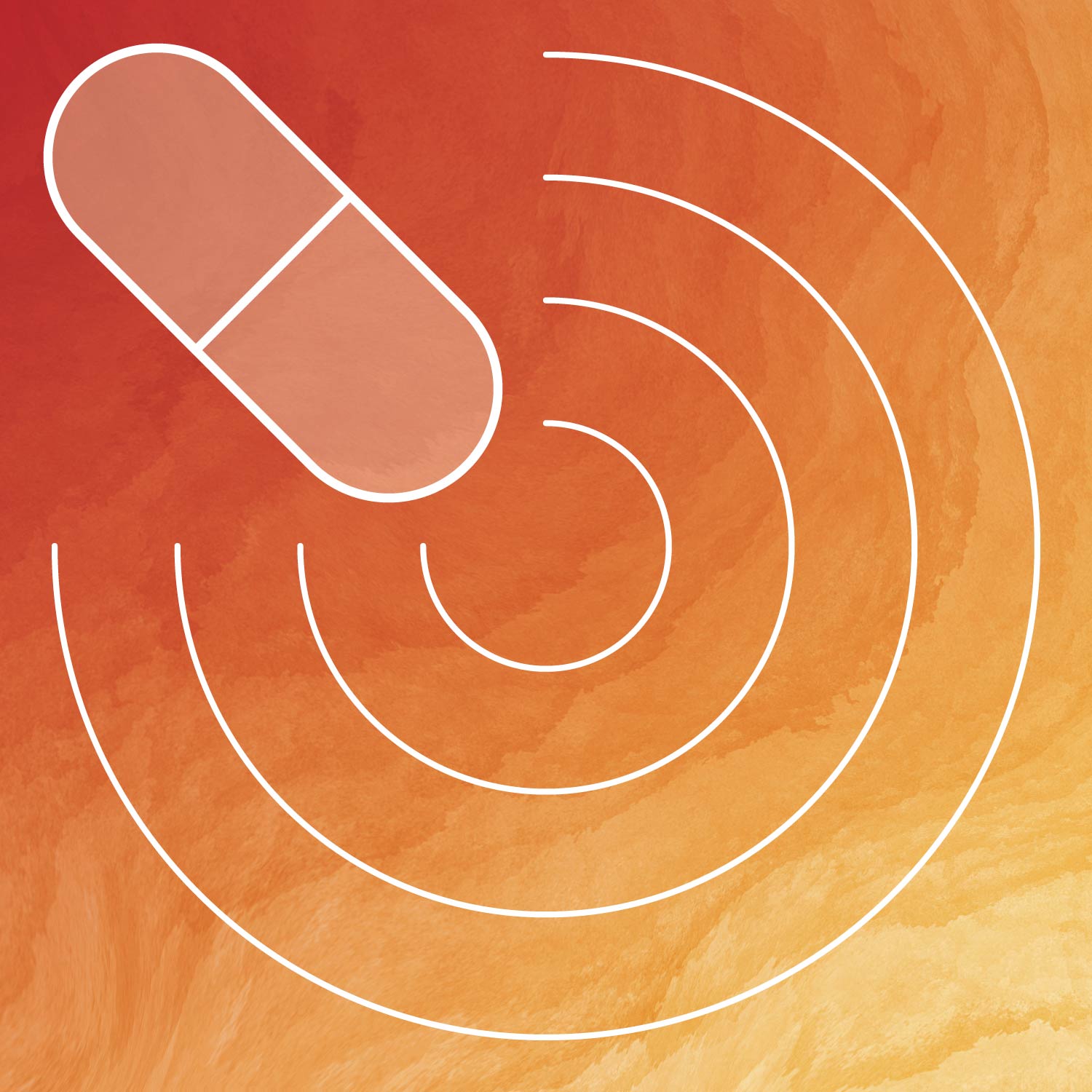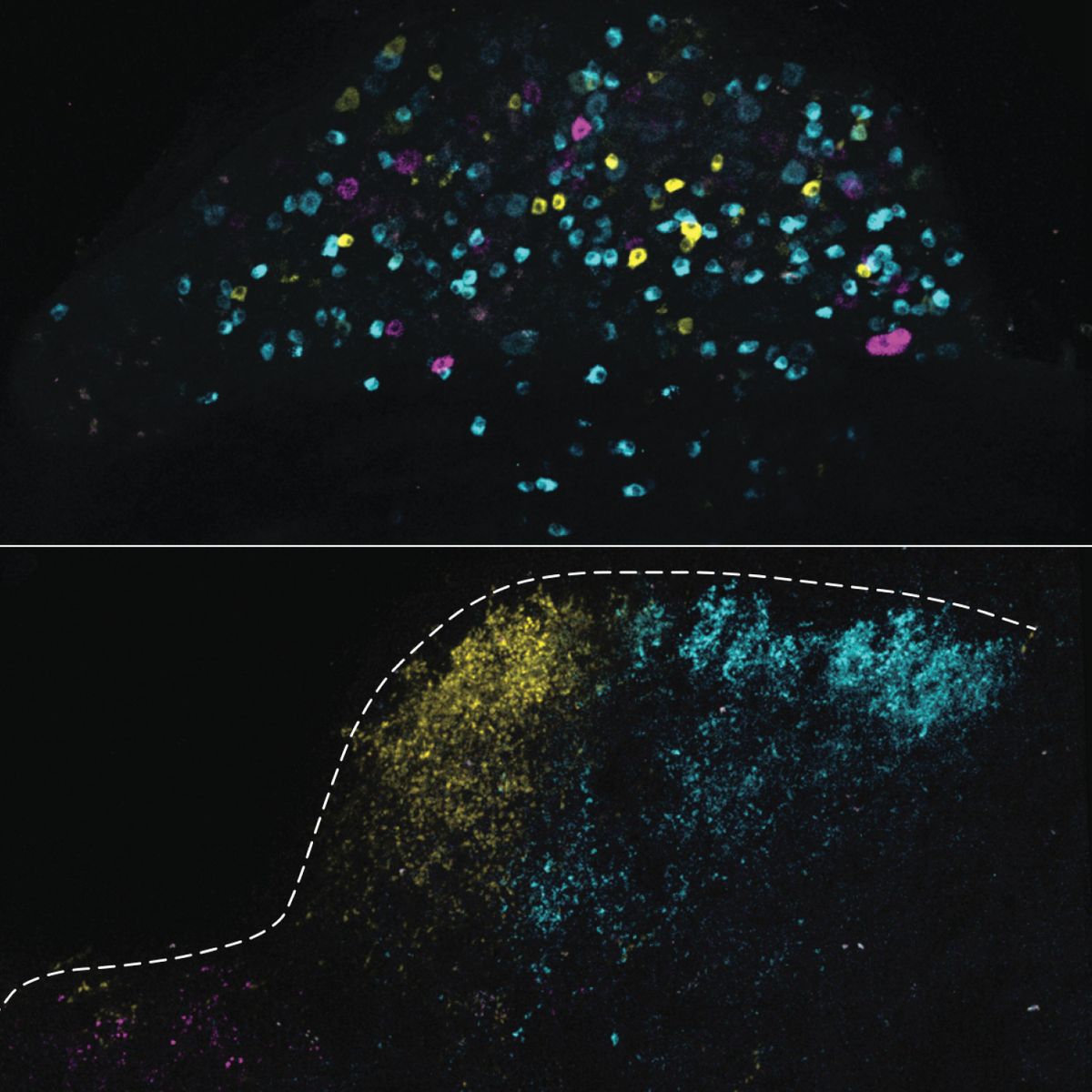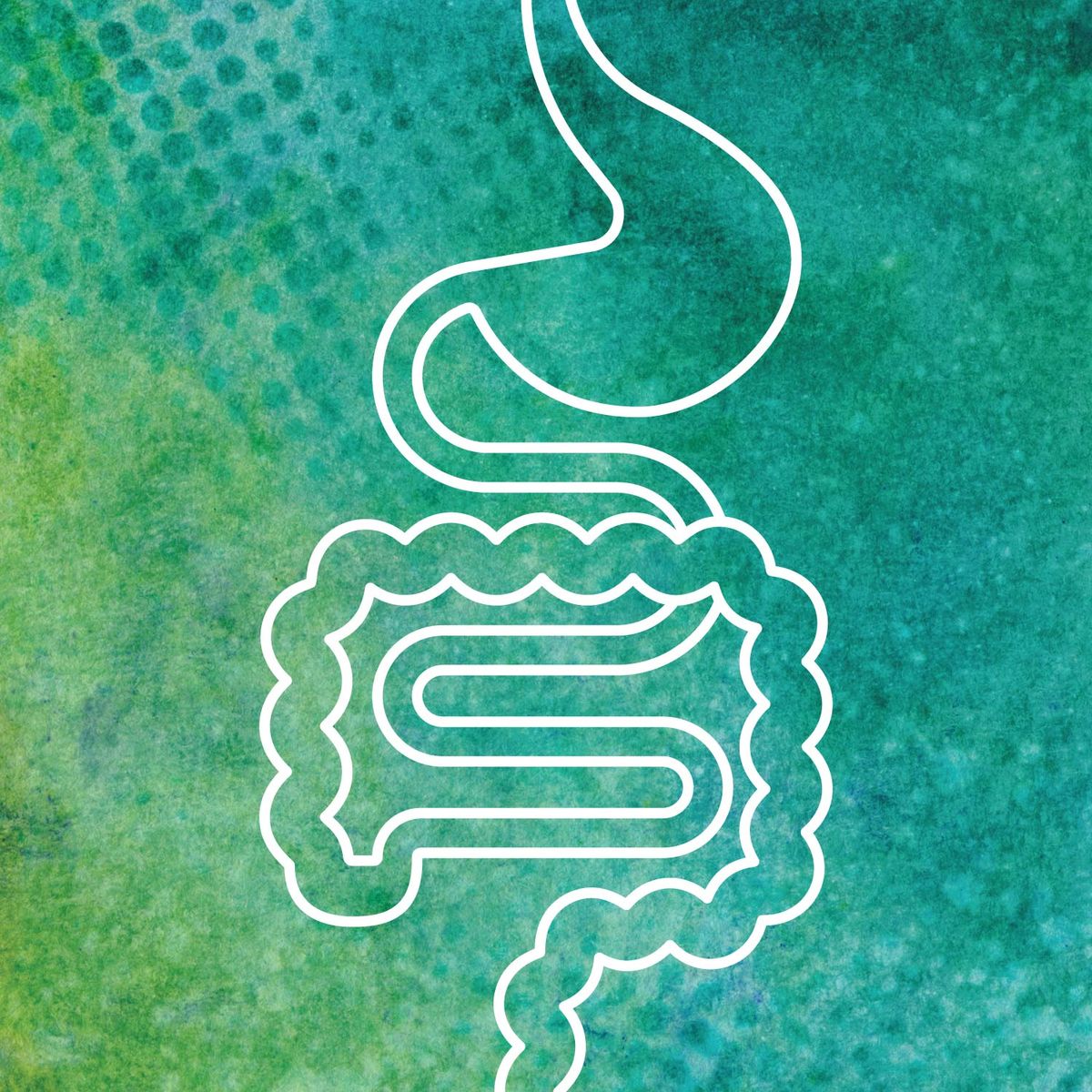Intramural Research Spotlights
NCCIH funds a wide variety of research studies, primarily focusing on three areas: mind and body practices, natural products, and pain. We also conduct research at the National Institutes of Health laboratories in Bethesda, Maryland.
This page provides plain language summaries of a few of the studies that NCCIH has supported or conducted. The summaries are ordered by date, with the most recent studies first. For more information, see this full list of published NCCIH-funded research studies in PubMed.
New Study Advances Understanding of How Heat and Pain Are Sensed and How Touch Can Become Painful
April 2025
A study by investigators from the National Center for Complementary and Integrative Health and the National Institute of Dental and Craniofacial Research provides new insights into how the nervous system detects heat and touch and how inflammation modifies these processes to trigger pain. This research was conducted and supported by the National Institutes of Health (NIH) intramural research program and published in the journal Nature.
New Survey Shows U.S. Veterans’ Use of Natural Products for Chronic Pain
February 2025
A new survey of United States military veterans with chronic pain shows prevalent use of multiple natural products with, or in some cases, as substitutes for, prescribed pain medications. Although natural products, including dietary supplements, are commonly used, there is little information about their use for chronic pain. While many of the survey participants expressed concerns about safety, a significant proportion had not discussed their natural product use with their health care providers. Many, however, expressed their desire to have more informed conversations about natural product use with their providers.The survey, which was piloted with 52 participants in the U.S. Department of Veterans Affairs (VA) Whole Health Options and Pain Education (wHOPE) pragmatic trial, was developed by researchers from the Pain Management Collaboratory to gain information about natural product use for chronic pain. The survey was co-sponsored by the National Institutes of Health (led by the National Center for Complementary and Integrative Health), the Department of Defense, and the VA. Findings were published in the journal Global Advances in Integrative Medicine and Health.
January 2025
Predictors for experiencing psychological distress in the first year of the COVID-19 pandemic included a person’s likelihood of having a prior psychiatric diagnosis, loneliness, and stress related to social distancing, according to a new large longitudinal study published in Nature Mental Health. The study was conducted by researchers from the National Center for Complementary and Integrative Health and the National Institute of Mental Health and funded by the NIH Intramural Research Program.
Analysis Finds Differences in Chronic Pain Treatment by Type of Health Insurance
September 2024
An analysis of medical claims data suggests that adults experiencing new episodes of chronic pain may have differential access to all treatment options based on the type of health insurance they have. Recently published in The Journal of Pain, the study was conducted by researchers at the U.S. Centers for Disease Control and Prevention (CDC) and the National Center for Complementary and Integrative Health.
September 2024
An analysis of national survey data on new prescription opioid use suggests that opioids are sometimes being used as a first-line or early resort treatment for pain, contrary to best practices. The study was conducted by researchers from the Mayo Clinic and the National Center for Complementary and Integrative Health and was recently published in The Journal of Pain.
Socioeconomic Factors Associated With Not Receiving Treatment for Chronic Severe Back Pain
July 2024
A new study of adults in the United States with chronic severe back pain showed that nearly 21 percent did not receive treatment for at least 3 months and that socioeconomic factors played a role. The cross-sectional study, which was recently published in The Journal of Pain, was conducted by researchers from the Université de Montréal and the National Center for Complementary and Integrative Health.
Use of Complementary Health Approaches for Pain by U.S. Adults Increased From 2002 to 2022
January 2024
Over a 20-year period—from 2002 to 2022—U.S. adults not only increased their overall use of complementary health approaches but were also more likely to use complementary health approaches specifically for managing pain.
The Mechanoreceptive Ion Channel PIEZO2 Plays a Critical Role in Sexual Function
August 2023
Uncovering the biomechanical processes underlying human touch and sensation is critical to understanding this essential human function and key to discovering potential new approaches to treating pain, a key National Center for Complementary and Integrative Health (NCCIH) priority. NCCIH’s research is contributing to a growing understanding of the mechanoreceptive ion channel PIEZO2 and its essential role in discriminative touch in both mice and humans, in different parts of the body.
PIEZO2 Ion Channel Plays a Key Role in Gastrointestinal Motility and Bowel Sensation
August 2023
New research has identified mechanisms involved in sensing the presence of food in the gastrointestinal (GI) tract and controlling the transit of GI contents. The findings demonstrate a key role for the protein PIEZO2 in controlling GI motility, a process critical for proper digestion, nutrient absorption, and waste removal. This research, conducted jointly by the National Center for Complementary and Integrative Health, the National Institute of Neurological Disorders and Stroke, the Scripps Research Institute, and other collaborating institutions, was published in a recent issue of the journal Cell.
U.S. National Survey Data Show High Rates of New Cases and Persistence of Chronic Pain
May 2023
New cases of chronic pain occur more often among U.S. adults than new cases of several other common conditions, including diabetes, depression, and high blood pressure. Among people who have chronic pain, almost two-thirds will still have it the following year. These findings come from a new analysis of National Health Interview Survey (NHIS) data by investigators from the National Center for Complementary and Integrative Health, Seattle Children’s Research Institute, and University of Washington, published in JAMA Network Open.
